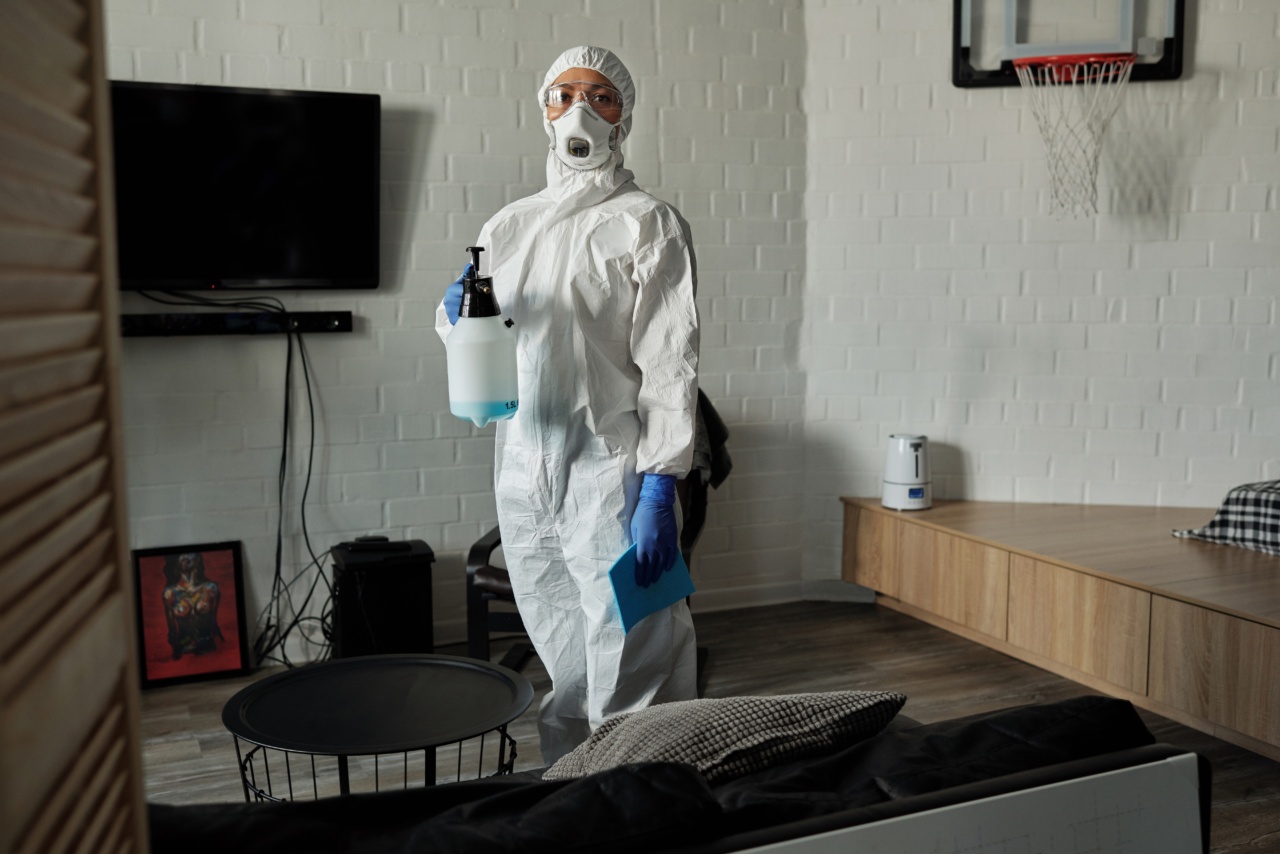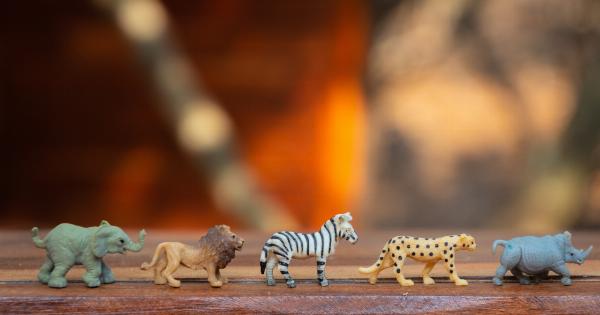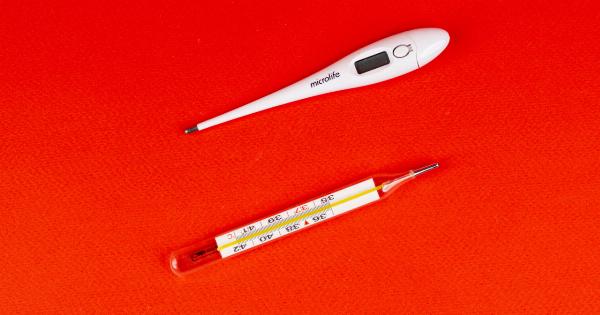Children love to have fun and play with toys. Playtime is essential for their physical, cognitive, and emotional development. However, not all playthings are created equal, and some can pose serious health hazards to kids.
One particular concern is the increasing popularity of synthetic playthings made from various materials like plastics, rubber, and foam. While these toys may seem harmless, they can actually have detrimental effects on children’s health.
1. Toxic Chemicals
Synthetic playthings are often made from materials that contain toxic chemicals. Many plastics, for example, are crafted using phthalates, a group of chemicals known as endocrine disruptors.
These substances can interfere with the body’s hormonal systems, leading to adverse developmental, reproductive, and neurological effects. Exposure to phthalates has been linked to a variety of health issues, including asthma, obesity, altered genital development, and impaired learning abilities in children.
2. Allergies and Skin Irritation
Synthetic playthings can also trigger allergies and cause skin irritation in sensitive children.
Certain materials like rubber and foam may contain allergens such as latex, which can cause allergic reactions ranging from mild itching to more severe symptoms like difficulty breathing and anaphylaxis. Even if a child is not allergic to the materials themselves, they may still be sensitive to the dyes, paints, or adhesives used to decorate or assemble the toys.
3. Choking and Aspiration Hazards
Small parts or components of synthetic playthings can pose choking and aspiration hazards for young children.
Toys with detachable pieces or small parts that can be easily swallowed can lead to choking, blockages in the airway, or even aspiration into the lungs. Moreover, the bright colors and attractive designs of many synthetic toys may entice children to put them in their mouths, increasing the risk of ingestion or aspiration.
4. Noise Pollution
Synthetic playthings often come equipped with bells, whistles, sirens, and other noisy features. While sound effects can be entertaining, prolonged exposure to loud noises can damage children’s hearing.
Excessive noise levels can lead to hearing loss, tinnitus (ringing in the ears), and other auditory problems. Additionally, constant exposure to noisy toys can disrupt a child’s concentration, impede language development, and cause irritability.
5. Environmental Impact
Another aspect to consider is the environmental impact of synthetic playthings. Many of these toys are made from non-biodegradable materials that contribute to plastic waste and pollution.
When these toys are discarded, they often end up in landfills, where they can take hundreds of years to decompose. Additionally, the production of synthetic toys involves the extraction and processing of natural resources, contributing to deforestation, air pollution, and greenhouse gas emissions.
6. Alternative Options
To mitigate the health hazards associated with synthetic playthings, parents can consider alternative options that prioritize safety and sustainability:.
a) Natural and Organic Toys:
Opt for toys made from natural and organic materials, such as wooden blocks, cotton dolls, or woolen stuffed animals. These toys are often free from harmful chemicals and are environmentally friendly.
b) Second-hand Toys:
Consider purchasing second-hand toys from thrift stores or online marketplaces. This not only reduces waste but also allows for a more affordable and sustainable playtime experience.
c) Eco-Friendly Brands:
Support eco-friendly toy brands that prioritize sustainability and safety. Look for certifications like “non-toxic” or “BPA-free” to ensure the toys meet certain standards.
d) Art and Craft Supplies:
Encourage creativity and imagination by providing art and craft supplies instead of relying solely on synthetic playthings. Materials like paper, crayons, clay, and natural dyes offer endless possibilities for hands-on and safe play.
e) Outdoor Activities:
Promote outdoor activities and physical play. Spending time in nature and engaging in sports or games not only provides a break from synthetic toys but also supports children’s overall well-being.
f) Limit Screen Time:
Reduce children’s exposure to electronic devices and screens. Excessive screen time can hinder physical activity and creative play, as well as negatively impact mental and emotional health.
Conclusion
While synthetic playthings may seem harmless at first glance, they can pose significant health hazards for children.
Toxic chemicals, allergies, choking hazards, noise pollution, and environmental impact are all important considerations when selecting toys for kids. By opting for natural and organic alternatives, embracing sustainable options, and promoting outdoor activities, parents can ensure a safer and healthier playtime experience for their children.





























